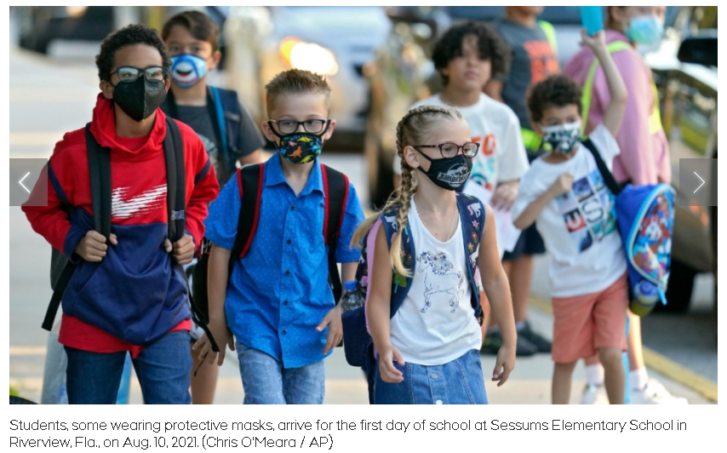TORONTO — A new study suggests younger children may be more likely to transmit COVID-19 compared with older children, with the highest odds of transmission being observed from children three years old and younger.
The study, published Monday in the medical journal JAMA Pediatrics, analyzed data collected between June 1 and Dec. 31, 2020, from 6,280 households in Ontario where only one individual had contracted COVID-19 and they were under the age of 18. Among these dwellings, 1,717 (27.3 per cent) appeared to experience secondary transmissions, meaning at least one other person in the home became infected with the novel coronavirus within two weeks of the initial case.
The original infected children were divided into four age groups (0–3, 4–8, 9–13 and 14–17 years old). Of these groups, children aged 0 to 3 years had the highest odds of transmission. Children aged 4 to 8 years and 9 to 13 years also had higher odds of transmission than the eldest group. The results indicate younger children may be more likely to transmit COVID-19 compared to older children.

Understanding the infectivity of children in different age groups has implications for infection prevention within households as well as schools and child-care facilities, and can help the minimize the risk of secondary transmission, according to the authors of the study. Although children do not appear to transmit infection at the same rate as adults, caregivers should be aware of the risk of transmission in the presence of young children. Since it can be challenging and sometimes impossible to isolate from sick children, the researchers recommend practising infection control measures where feasible, including the use of masks, increased handwashing and separation between siblings.
The proportion of children who were initially infected with COVID-19 increased with each age group, with 12 per cent (776) being aged 0 to 3 years, 20 per cent (1,257) aged 4 to 8 years, 30 per cent (1,881) aged 9 to 13 years and 38 per cent (2,376) aged 14 to 17 years. Across all age groups, the majority of children experienced disease onset in the fall and winter with summer, which lines up with the trajectory of the second wave of the pandemic in Ontario.
Article From: CTV news
Author: Anthony Vasquez-Peddie

